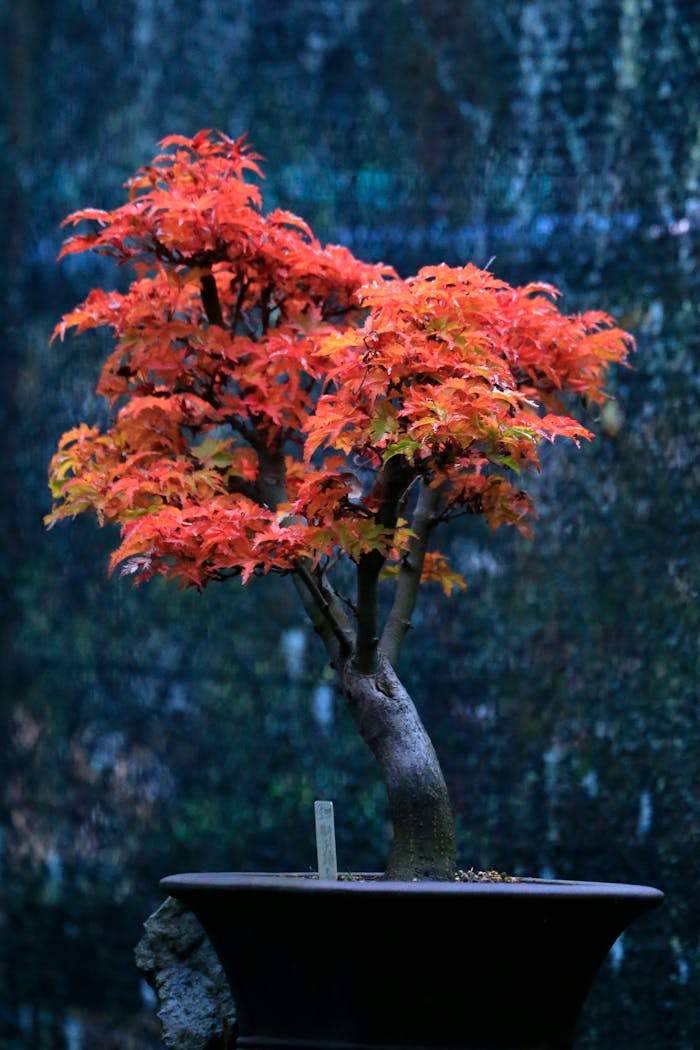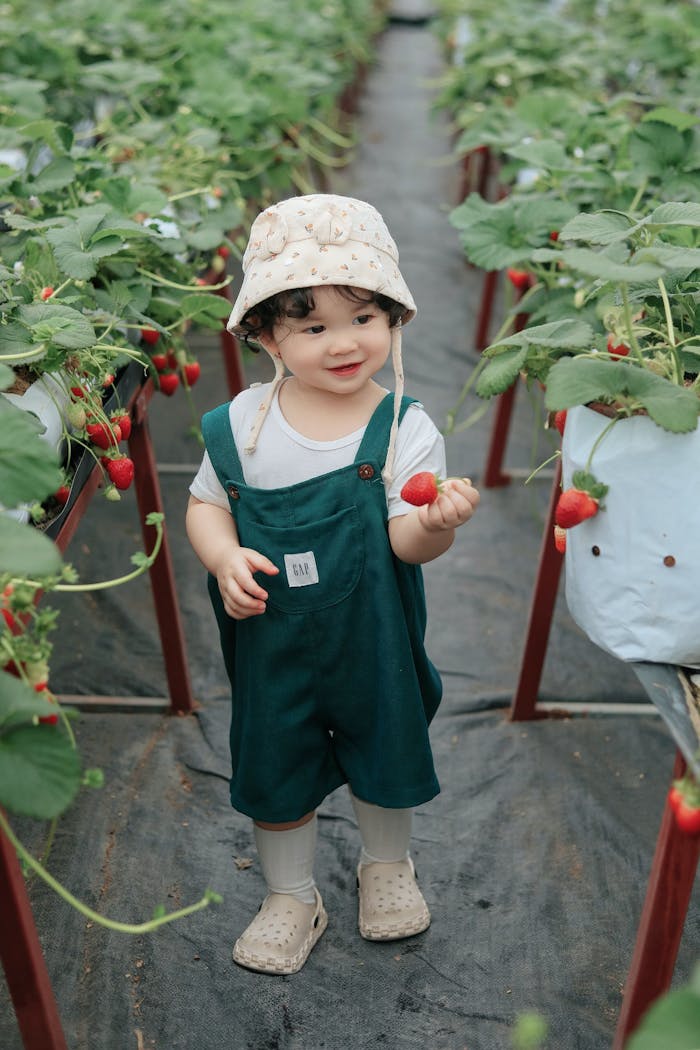|
IN BRIEF
|
Creating a lush indoor oasis requires an understanding of your plant companions and their preferred environments. Indoor plants that flourish in high humidity conditions are not only vital for adding vibrancy to your space but also for enhancing the overall atmosphere of your home. These magnificent green beings thrive in the moisture-rich air, making them perfect for areas like bathrooms and kitchens. Imagine stepping into a room adorned with thriving ferns, elegant peace lilies, and cascading pothos, where the air feels fresh and alive. With the right combination of humidity and care, you can transform your indoor spaces into a verdant escape, inviting nature’s tranquility right into your living environment. Discover the beauty and benefits of these remarkable humidity-loving plants!
Creating a sanctuary at home with indoor plants that love high humidity is not only aesthetically pleasing but also beneficial for your well-being. These plants transform your living space into a lush oasis, helping to purify the air while retaining moisture. By understanding the unique needs of these moisture-loving plants, you can select the perfect companions for your environment.
Utilizing Plant Shelves
Using plant shelves can enhance vertical space while allowing each species to access light effectively. Grouping similar humidity-loving plants together can maximize their potential while adding layers to your interior design.
Choosing the right indoor plants for high humidity conditions not only beautifies your living space but also contributes to an improved microclimate. With a careful selection of plants and understanding their unique needs, you have the power to transform your home into a serene, lush paradise.
For more tips on avoiding common mistakes with indoor tropical plants, check out this resource. To learn how to care for specific types like ficus in your apartments, visit here. For further exploration of plants benefiting vegetable gardens, consider this article, and discover ideas for growing climbing plants to conceal walls through this link. Lastly, learn about the unique practices for closed terrariums at this source.
The Importance of Humidity
High levels of humidity are essential for plants as they facilitate transpiration, the process through which plants release water vapor into the air. This not only helps in keeping the plant hydrated but also forms a protective barrier against various pests. Additionally, homes with higher humidity can combat dry skin problems and respiratory discomfort.
Understanding High Humidity Needs
Indoor plants that thrive in high humidity conditions are essential for creating a lush, vibrant atmosphere in our homes. These plants often originate from tropical environments where moisture levels can soar. For instance, the Pothos is a favorite among indoor gardeners due to its adaptability and beautiful foliage. It enjoys humidity levels between 60-80%, making it perfect for areas like bathrooms and kitchens. The key to maintaining their health lies in providing a loose, well-draining potting mix, which prevents the dreaded “wet feet” problem that could rot their roots.
Moreover, ferns such as the Boston Fern are excellent choices for humidity-loving environments. They thrive in consistently moist soil and benefit from regular misting. One effective way to keep humidity levels up is through the use of indoor plants that naturally increase humidity, such as spider plants. These plants not only enhance the air quality but also contribute to elevated moisture levels through a process called evapotranspiration.
Cultivating a Humid Oasis Indoors
For those looking to create a tropical oasis, incorporating a mix of air plants and peace lilies can provide visual interest while thriving in humid conditions. As noted by indoor gardening enthusiasts, “The right humidity can make or break the health of your plants.” It’s vital to ensure that these plants receive adequate bright light, as many thrive under optimal light conditions, further enhancing their growth.
Plants such as Orchids not only add elegance but also flourish in high humidity levels, requiring extra care in terms of air circulation. Engaging in quality care routines, like increasing humidity and maintaining proper light exposure, contributes significantly to their thriving success. To discover more about how to enhance your indoor plant environment, check out this resource on indoor air quality.
Creating an indoor oasis with houseplants that thrive in high humidity conditions is not just a home aesthetic choice, but also a way to enhance your well-being. These lush plants like Pilea Peperomioides, spider plants, and Boston ferns flourish in environments where humidity levels hover around 60% or higher. Not only do they contribute to the visual appeal of your spaces, but they also play a crucial role in improving indoor air quality and increasing moisture levels in the atmosphere. Choosing the right plants for higher humidity can transform areas like bathrooms and kitchens into vibrant, thriving environments, ensuring that both your plants and living space remain healthy and invigorated amidst humidity.
Frequently Asked Questions about Indoor Plants that Thrive in High Humidity Conditions
Q: What type of indoor plants thrive in high humidity?
A: Many plants flourish in humid environments, including ferns, peace lilies, pothos, and spider plants, all of which enjoy moisture-rich conditions.
Q: How do humidity levels affect indoor plants?
A: High humidity levels, generally between 60% and 90%, prevent plant leaves from drying out, helping them combat pests and promote healthy growth.
Q: Can I keep humidity-loving plants in my bathroom?
A: Yes, bathrooms are ideal for some humidity-loving plants like ferns and pothos as long as they receive adequate light and have a well-draining potting mix.
Q: What is the best way to maintain humidity for indoor plants?
A: To maintain humidity, you can regularly mist the plants, use a humidifier, or place a tray of water near them to encourage evapotranspiration.
Q: Are there specific plants that can help increase indoor humidity?
A: Yes, plants like the spider plant, Boston fern, and rubber plant can increase humidity levels in your home through their natural processes.
Q: How much light do humidity-loving plants need?
A: Many high-humidity plants prefer bright, indirect light, although some can adapt to lower light conditions, particularly in bathrooms.
Q: Can I overwater humidity-loving plants?
A: While these plants enjoy moisture, overwatering can lead to root rot, so it’s essential to ensure proper drainage and allow the soil to dry slightly between watering.
Q: What are some common mistakes when caring for humidity-loving indoor plants?
A: Common mistakes include overwatering, inadequate light, and neglecting to maintain humidity levels, which can stress the plants and hinder their growth.

